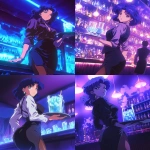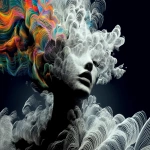Explore the Best AI Image Gallery
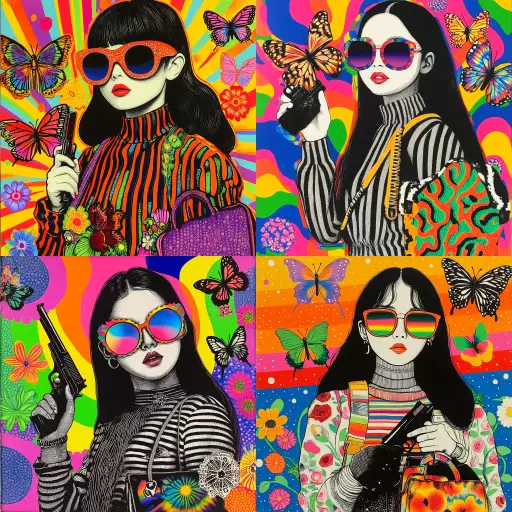
Beyond the Brush: AI-Generated Visual Content and the Future of Creativity
The world of visual creation is undergoing a seismic shift. Artificial intelligence (AI), particularly in its ability to generate images, videos, and other visual content, is rapidly changing how we create, consume, and interact with art and design. This new frontier presents exciting possibilities for artists, designers, businesses, and individuals alike, but it also raises important ethical questions that demand careful consideration.
A New Era of Creative Tools
AI-powered tools are empowering creators in unprecedented ways. Imagine a software that can transform your textual descriptions into stunning illustrations, generate realistic 3D models from basic sketches, or even compose entire music videos based on your input. These capabilities are no longer confined to science fiction; they are becoming increasingly accessible and sophisticated.
- Concept Art and Design: AI can assist artists in generating initial concepts, exploring different visual styles, and rapidly prototyping ideas. This allows for more efficient brainstorming and experimentation.
- Personalized Content Creation: Imagine AI tailoring marketing materials, website designs, or even social media posts to individual user preferences. This level of personalization can enhance engagement and create more impactful experiences.
- Accessibility in Art: AI tools can empower individuals with disabilities who may face physical limitations in traditional art practices. By providing alternative means of expression, AI can democratize access to creativity.
Exploring the Potential Applications
The applications of AI-generated visual content span a vast spectrum of industries:
- Advertising and Marketing: Creating dynamic and personalized ads that resonate with specific target audiences.
- Entertainment and Gaming: Generating realistic environments, characters, and special effects for films, games, and virtual reality experiences.
- Architecture and Design: Visualizing complex architectural concepts, exploring different design iterations, and creating immersive walkthroughs.
- Education and Research: Providing interactive learning tools, visualizing scientific data, and generating realistic simulations for various fields.
Navigating the Ethical Landscape
As with any powerful technology, AI-generated content raises important ethical considerations:
- Copyright and Ownership: Who owns the copyright to AI-generated artwork? The creator who provides the input, the developer of the AI algorithm, or the AI itself?
- Bias and Fairness: AI algorithms are trained on existing data, which may contain biases that reflect societal inequalities. This can result in biased or discriminatory outputs.
- Authenticity and Misinformation: The ability to create highly realistic fake content raises concerns about the spread of misinformation and manipulation.
Shaping the Future of Creativity
The emergence of AI-generated visual content is not about replacing human creativity but rather augmenting it. By automating repetitive tasks, providing new creative tools, and expanding our conceptual boundaries, AI has the potential to empower artists, designers, and innovators to reach unprecedented heights.
As we navigate this evolving landscape, its crucial to foster open dialogue, establish ethical guidelines, and ensure that AI technologies are used responsibly and for the benefit of all. The future of creativity lies in a harmonious collaboration between human ingenuity and artificial intelligence.

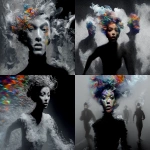

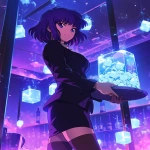




](https://images.ai-img.art/thumbnails/150/0ba0be922ab76af53f75ab90126ae2b18a600ee3b96941e8ab897a9f10594e5a.webp)




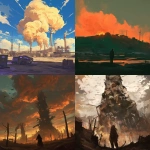

](https://images.ai-img.art/thumbnails/150/bd056a4718c27444e064198762f8dc8ffa1f74f1afd7dcda8d5cb8b142797d6e.webp)


](https://images.ai-img.art/thumbnails/150/7cf5a08238f29c821f52bb4f63db48af0b7f633ff3b9f7253074d78ced9ff6f6.webp)
](https://images.ai-img.art/thumbnails/150/ff09e32d2be011c0dd785984c5c1e47839ce551a31da1bde242860b30df2aa30.webp)
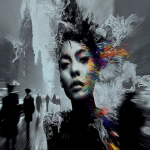
](https://images.ai-img.art/thumbnails/150/2ebdeb4f7db35100e5be5de9bc3e533a40d14e5feedefd7ffc586524a0f3ba8c.webp)






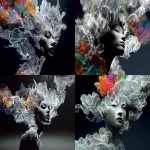
](https://images.ai-img.art/thumbnails/150/685ae68cfab93a7e59a71206867b060c45bd6fd3cd561c4fe60fca514b09c5f8.webp)

](https://images.ai-img.art/thumbnails/150/a3ed6513a6661aa3ee46e0c2924d1e8888854e91d8908de39db5590dc41f8d8f.webp)


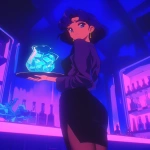


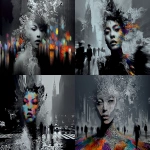


](https://images.ai-img.art/thumbnails/150/847809c77ca9a73b68bc190e6efb06fec87157685a243730d5a66a403b0e6e10.webp)




